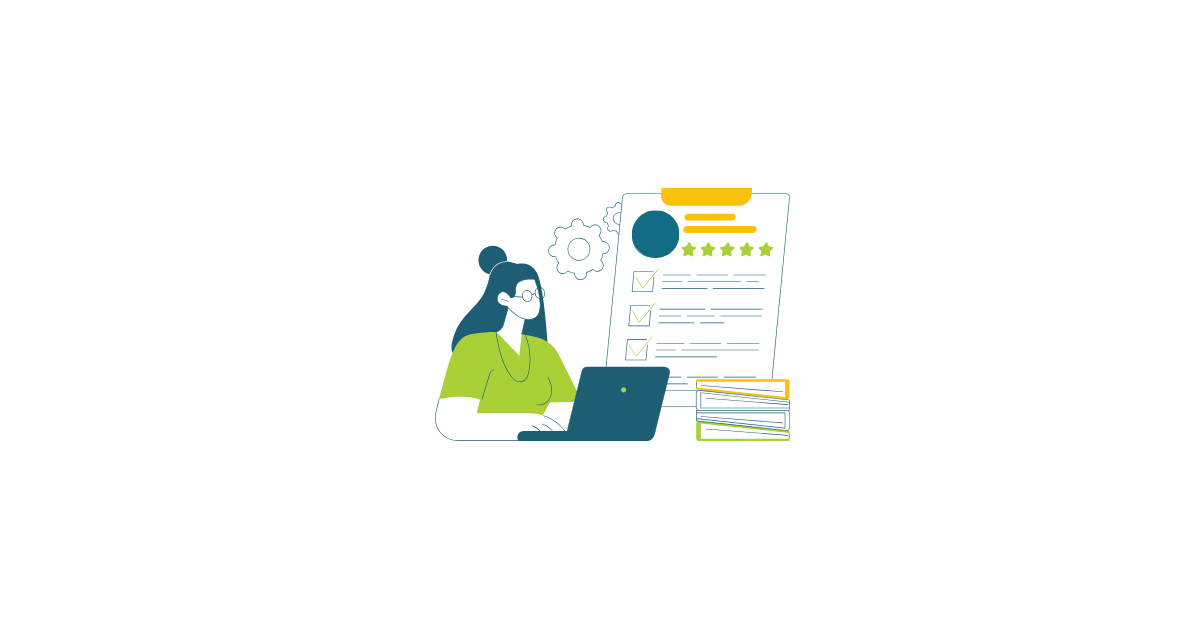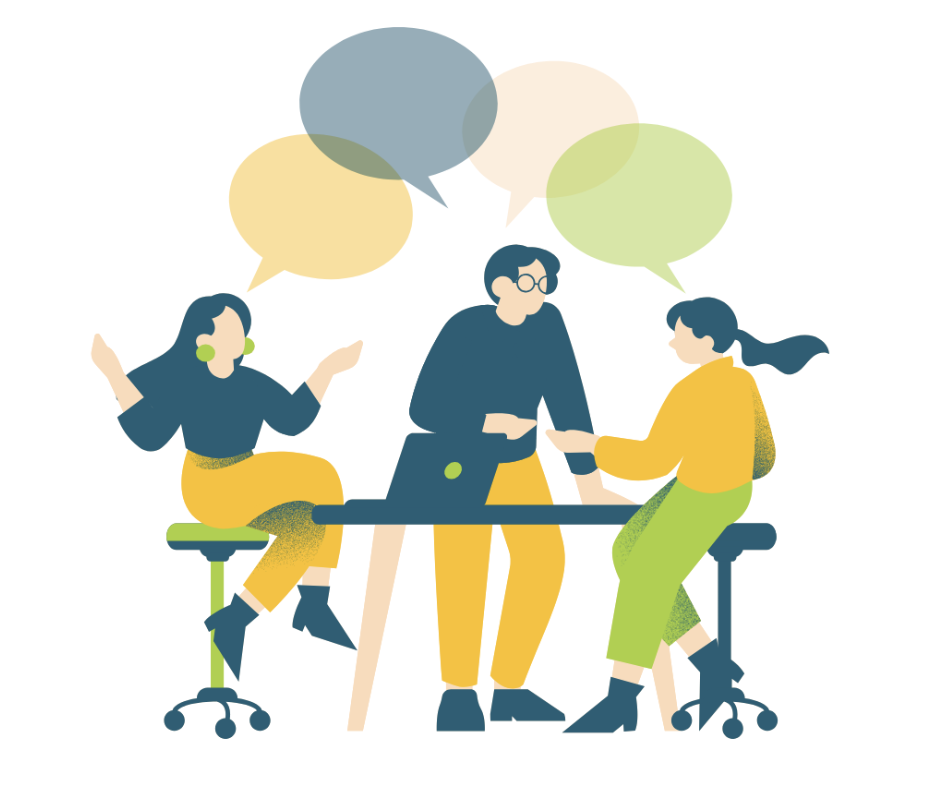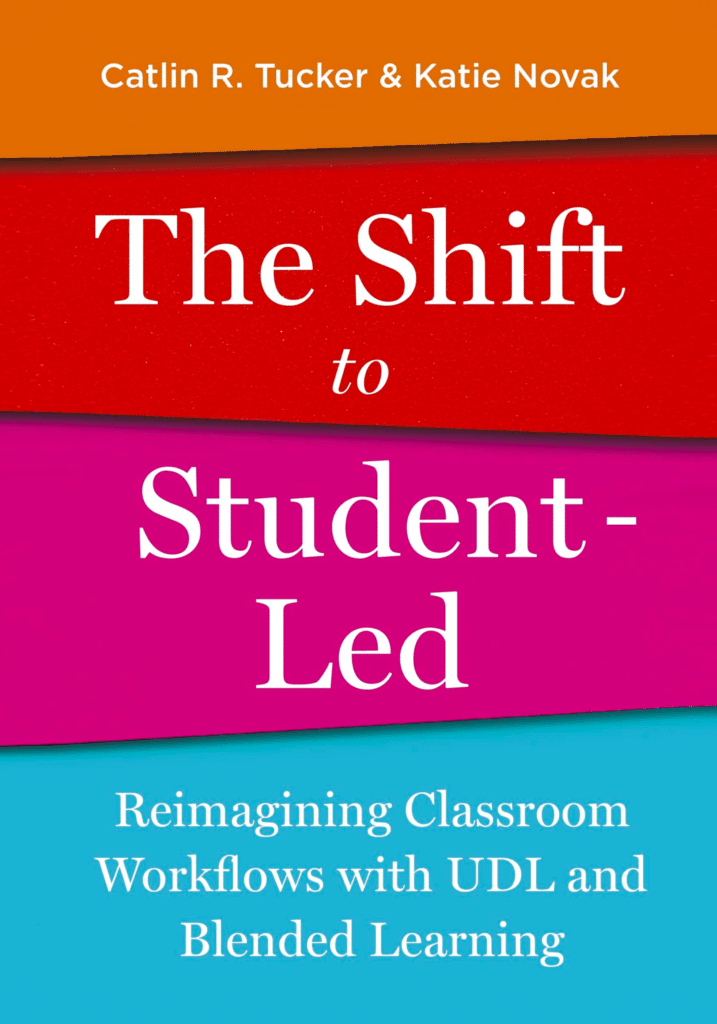Who decided that grading and assessment should be the exclusive responsibility of teachers? Why do we sideline students when it comes to assessment?
Self-assessment is a powerful strategy that encourages students to become more invested in their learning journeys. It is a process where students evaluate their work, reflecting on what they’ve learned, how well they’ve understood complex concepts, how much progress they’ve made toward mastering key skills, and where they may need to invest time and energy to improve their concept knowledge and skill set (Siegesmund, 2016). Self-assessment shifts the focus from a grade-centric perspective to a learning-centric one. For those of us who want to encourage students to adopt a growth mindset, believing they can always improve and develop with practice and hard work, self-assessment is a critical piece of that puzzle (Wang, Zepeda, Qin, Del Toro & Binning, 2021).
The beauty of self-assessment lies in the empowerment it provides learners. It promotes ownership of learning, motivating students to be more engaged, active participants in their education. When students assess their work, they develop a deeper understanding of their strengths and weaknesses, fostering an innate drive to improve, and helping them to develop as expert learners (Tucker & Novak, 2022). They learn to set realistic yet challenging goals for themselves and devise strategies to reach those goals. It creates an environment where mistakes are seen not as failures but as opportunities for growth and exploration. In addition, it cultivates critical thinking, problem-solving, and decision-making skills – all of which are essential for lifelong learning and success beyond school. Self-assessment is not simply a tool for academic growth but also for personal development, cultivating students who are self-aware, self-directed learners ready to navigate their learning with confidence and resilience.
Self-assessing Practice and Review
Too often, when teachers assign review and practice in class or for homework, the responsibility for checking the accuracy of that work falls on the teacher. It’s the teacher who collects a class’s worth of assignments, spends precious time marking papers, and evaluates each student’s progress. Why should the responsibility of checking accuracy and thinking about student progress fall solely on the teacher? This traditional approach is not only a drain on a teacher’s time but also limits the learning opportunities for students.
Firstly, this process deprives students of the chance to critically engage with their work. As a result, students miss out on the opportunity to recognize their strengths, identify their limitations, and target areas for growth. When students evaluate their own work, they gain invaluable insights into themselves as learners.
Secondly, the time teachers invest in marking many of these assignments could be better spent designing dynamic, differentiated learning experiences that are more student-centered. Since most teachers have anywhere between 30-170 students, the workflow that positions the teacher to assess all student work is unsustainable and makes it impossible to strive for a healthy work-life balance.
Thirdly, this traditional approach overlooks an opportunity to foster peer-to-peer support. Engaging students in self-assessment of review work and practice can be an excellent tool for promoting collaboration. In pairs or groups, students can compare their answers to an answer key or a strong exemplar and work together to check, correct, and discuss their questions. They can use this time to troubleshoot issues, engage in creative problem-solving, and learn from their mistakes together.
It’s essential to remember that review and practice should provide a safe space for students to make mistakes. When teachers grade these exercises, it creates anxiety among students still grappling with new concepts or skills. We should treat review and practice not as tests of competence or compliance but as stepping stones towards mastery, encouraging a growth mindset in our students.
Transforming Our Rubrics Into Self-Assessment Tools
Providing a rubric helps students understand how they’ll be graded on a large-scale assignment and creates clarity about what they are working toward. It serves as a roadmap, helping them understand the criteria on which they’ll be evaluated. Rubrics can also serve as powerful self-assessment tools as students work.
In the example below, elementary students working on a narrative are encouraged to look at their rough draft and evaluate where they believe they are in relation to specific criteria.
Self-assessment can also serve as a catalyst, inspiring students to reflect on their classroom participation and engagement in learning activities. For example, if teachers are shifting from whole group, teacher-led discussion to small group, student-led discussion, they can use self-assessment to encourage students to think about their strengths, limitations, and areas of growth as participants in a student-led discussion. This reminds students that participating in discussions is their responsibility and that discussion itself is a skill they can improve on over time.
In The Shift to Student-led, Dr. Katie Novak and I unpack ten teacher-led, time-consuming, and often frustratingly ineffective workflows and reimagine them to allow students to lead the learning. Workflow shift #8 focuses on moving from teacher-led assessment to student self-assessment. The chapter establishes the challenges presented when teachers are the only ones engaged in assessing student work, dives into research about the value of self-assessment, and presents multiple strategies teachers can use to position students to think critically about and reflect on their own work and what it reveals about them as learners.
The Shift to Student-led
To learn more about this shift, check out our new book, The Shift to Student-led. If you are interested in a discounted bulk order of 10 or more books, complete this form.
Siegesmund, A. (2016). Increasing student metacognition and learning through classroom-based learning communities and self-assessment. Journal of microbiology & biology education, 17(2), 204-214.
Wang, M. T., Zepeda, C. D., Qin, X., Del Toro, J., & Binning, K. R. (2021). More than growth mindset: Individual and interactive links among socioeconomically disadvantaged adolescents’ ability mindsets, metacognitive skills, and math engagement. Child Development, 92(5), e957-e976.








4 Responses
Self-assessment is a powerful tool in the classroom that I feel many teachers overlook. I agree with the points you made about how self-assessing can encourage collaboration between students. I cannot wait to incorporate some of these ideas you shared into my classroom!
Wonderful! I am so glad this was helpful, Rachel.
Take care.
Catlin
I want my students to grow in taking responsibility for their learning, and self-reflecting skills. Thank you for providing clear examples and directions in shifting to a more student-led classroom!
You’re welcome, Rosellina! I am so glad this was helpful.
Take care.
Catlin